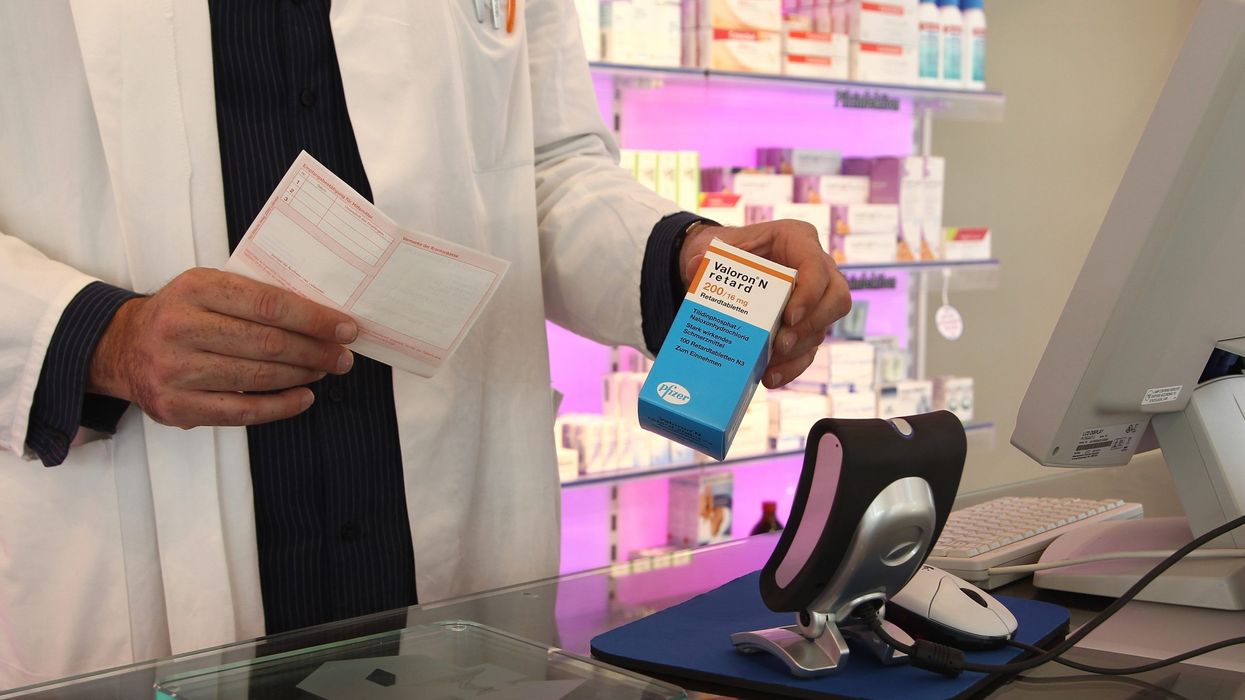Tariq Muhammad considers how the 'hub and spoke' legislation could give rise to new innovation…
Talk of hub and spoke models has been rumbling on for as long as I can remember. The topic has once again hit the headlines as the government announced a fresh consultation for its proposed changes, calling on all interested parties to submit their views by 8th June.
The argument for hub and spoke is to allow independents to have the same level playing field as the larger groups who have been operating this model for some time. The government also sees significant efficiency gains in centralization, arguing this will free pharmacists time away from dispensing to focus on clinical services.
The latest consultation advocates two models being created. In the first model, the dispensed medication is sent back to the spoke. In the second model, the completed medication can be sent out directly to the patient.
The latter is a new concept which could open up new opportunities in how services are delivered. Pharmacies could effectively outsource the entire dispensing and delivery to housebound patients and care homes allowing pharmacies to take on new business without having to worry about logistics and geography.
Challenges
Hub and spoke has divided the profession with many unconvinced of the government’s calculations given that large multiples have had mixed results with their success. Whilst centralization has removed volume from the stores, this hasn’t necessarily translated into financial savings and staff often complain that waiting times have increased for patients.
Meanwhile, the cost of setting up a hub is not cheap, and many companies have already invested millions in readiness for the change in legislation. With dispensing margins so tight, the efficiency gains would have to be vast for the spoke to share their income with the hub and still ensure a decent return for both sides. Many independents are also concerned about the loss of control over their buying capability.
These are just some of the high-level barriers for hub and spoke and the day-to-day challenges are even more nuanced. For example, what do you do when a patient wants their medication before the Hub has sent it back? How do you merge packages when half of it has been dispensed in a Hub and the rest at the Spoke?
Each one of these scenarios could lead to disruption and impact the efficiency gains, so are important factors to consider if the government’s vision is to be realized.
New thinking
Despite the potential hurdles, I believe the change in legislation is a good thing. Our legislation is way out of date, too restrictive and stifles innovation. I believe the government is right to relax the laws and allow the markets to choose how they wish to exercise their freedom.
Market forces will ultimately determine whether a model is adopted or rejected. Hub and spoke may indeed work for some pharmacies and may not work for others and we should let businesses decide what suits them.
Having the freedom to dispense how we want, where we want, by whom we want, will give power to the sector to innovate new approaches. For example, what if a hub wasn’t a hub, and spoke wasn’t a spoke?
What if both were just ordinary pharmacies? Let’s imagine Pharmacy A was busy and Pharmacy B had capacity with a new robot. What if Pharmacy A was to send their prescriptions to Pharmacy B who would dispense these on their behalf and return them back?
What if there was technology that enabled all this to happen seamlessly? The change in legislation combined with innovative technology could allow us to do precisely this.
Peer-to-peer
We have always been told to imagine a hub being a large warehouse in an industrial estate with millions of pounds worth of investment and capability of dispensing millions of prescriptions. But if we think about it, there are hundreds of pharmacies up and down the country that have invested in automation for their pharmacies.
Whilst many are busy coping with their own workload, there are many that have capacity at certain times of the day (or night) where the robots are lying idle. These automated pharmacies could be given the opportunity to dispense on behalf of other local pharmacies in a peer-to-peer model.
The concept of ‘peer to peer’ dispensing has never arisen in our public discourse but has the potential to solve many of the challenges that face Hub and Spoke.
For a start, there would be practically no set up costs involved for a pharmacy wishing to offer its services to local pharmacies as all the costs have already been sunk.
This means that a servicing pharmacy could offer its services at a fraction of the cost, compared to large Hubs, as any income would be seen as an additional gain on their part. Whilst the capacity of a pharmacy to offer dispensing to others may be limited, the collective network of peers could be an undeniable force.
Technology
Needless to say, the right technology is fundamental in the creation of successful off-site dispensing models. With the right technological platform, we have the potential not only to iron out the chinks in hub and spoke but give rise to the concept of peer-to-peer dispensing.
Titan PMR has successfully broken down the stages of dispensing and the cloud operating platform has broken down the geographical boundaries between sites.
We now have the ability to clinically check a prescription in Pharmacy A and then transfer this to Pharmacy B for picking, labelling and packaging and then ensure the package is either returned back to Pharmacy A for handout or delivered directly to the patient.
Our technology today could even manage the financial transaction between Pharmacy A and B allowing each to agree their own local tariffs. So, far from being afraid of the change in legislation, we should embrace the new opportunities of hub and spoke and think beyond the challenges.
Peer-to-peer dispensing, enabled through innovative technology, could provide an alternative solution in ways we didn’t previously imagine.
Tariq Muhammad is the CEO of Invatech Health.











